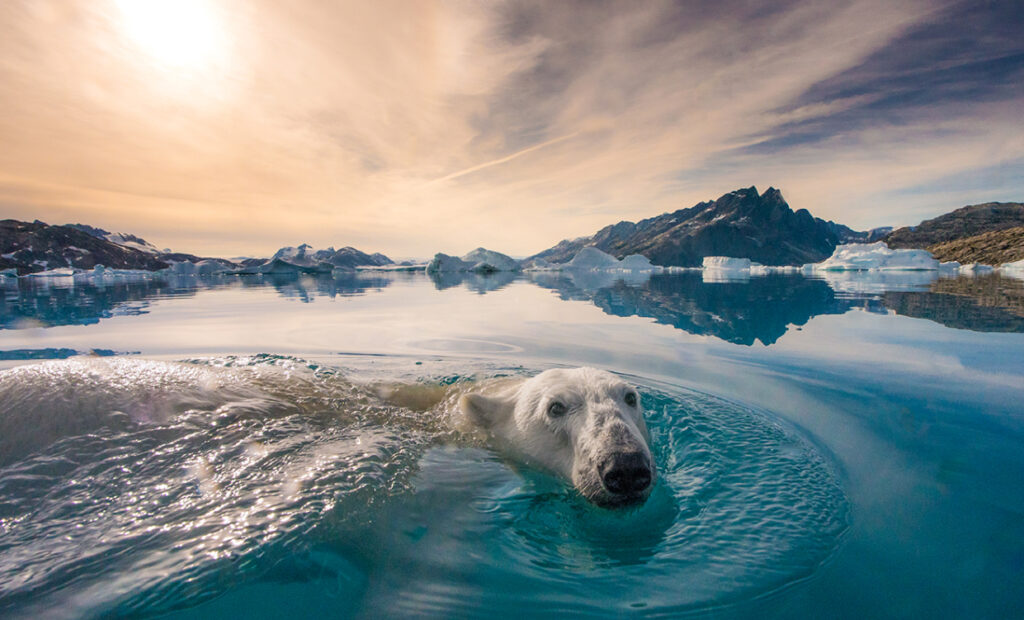
Photo by Cristina Mittermeier
Expedition
The expedition showcases the richness and diversity of Aotearoa’s ocean ecosystems and the need to increase marine protection to safeguard its incredible biodiversity.
Location
New Zealand
Established
February 2024 – April 2024Areas of Impact
Partners
*** Expedition Page in Progress ***
New Zealand is the jewel of the southwestern Pacific Ocean with its swaying kelp forests, flowering seagrass meadows, and tranquil waters that serve as a guiding pathway for migratory species, including orcas, dolphins, sharks, rays, tuna, and whales. Additionally, the island is the world capital of triplefins, boasting 26 endemic species of the small fish that transverse the vibrant coral reefs. The island nation’s aquatic territory illustrates a variety of marine biomes that help maintain food security, climate regulation, and economic growth.
And yet, less than one percent of the marine environment is protected despite the fact that the ocean is 93% of the country’s territory.
The mission

Our team is aboard the SeaLegacy 1 to document the environmental challenges Aotearoa, the Māori name for New Zealand, currently faces, as the fragility and threats to their ocean continue to mount with each passing day.
Hollow landscapes are now prominently displayed due to overfishing. One ecosystem where this can be seen firsthand is within the kelp forests. Snapper reigns as the most caught fish in New Zealand. However, with snapper being overfished an imbalance results with sea urchins overpopulating the area and causing a devastating deforestation of kelp. These sea urchin barrens create a dead zone that significantly increases terrestrial erosion, decreases carbon sequestration, and leaves marine life reliant on the protection of the kelp towers more vulnerable. As one ecosystem becomes impacted, it quickly trickles down to affecting the other surrounding marine ecosystems, such as the coral reefs, seagrass beds, and mangroves.
However, historically, the country was once a leader in marine conservation. Aotearoa was one of the first countries to take a revolutionary step for its ocean territory. In 1975, the nation established one of the world’s inaugural fully protected marine reserves. Located off the coast of northern Auckland, Goat Island Marine Reserve is a no-take zone, where fishing is prohibited. Before the region became a marine protected area (MPA), it was once a desolate space of depleted coral reefs and seaweed meadows due to overfishing and human interference. The MPA quickly reversed the former marine desert and the area began to flourish with life again. Today, Goat Island remains an effective key preservation area for marine life and biodiversity. Most importantly, it serves as an important reminder of how national interest can positively impact the health of the surrounding environment.
The results

Photo by Cristina Mittermeier
Starting in 2024, SeaLegacy is actively collaborating with local scientists, youth leaders, and Māori elders to encourage national advancement of marine protected areas throughout Aotearoa.
We’re currently working on enhancing this expedition page. Keep an eye out for updates as our expedition progresses and our impactful media campaigns unfold. We appreciate your patience!
“Sometimes it’s a small difference like inspiring a child to speak up in class about climate change. Sometimes it means prompting the creation of an entire marine protected area. Art—and especially photography—evokes emotion, and emotion inspires individual action. And that’s the only thing that has ever changed the world—an individual’s actions. There’s so much worth protecting in this marine environment here in New Zealand.”

Photos by Cristina Mittermeier
